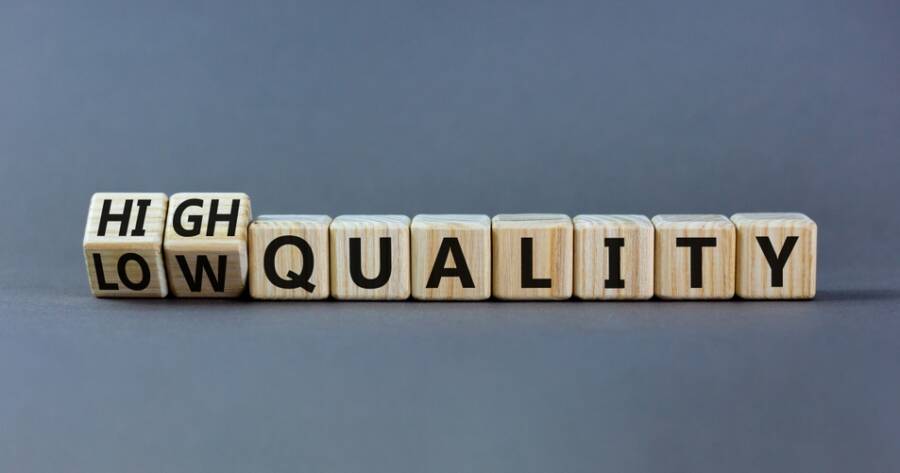In today’s fast-paced, consumer-driven world, the emphasis often leans towards convenience and immediacy, leading to a proliferation of disposable products. Yet, the allure of cheap, short-lived items often overlooks the deeper benefits of investing in quality. Understanding and recognizing lasting value is pivotal for making informed purchasing decisions that prioritize durability, sustainability, and satisfaction.
The Hidden Costs of Disposable Products
Disposable products may initially appear attractive due to their low price and accessibility. However, these items frequently incur hidden costs that overshadow their initial savings. Short product lifecycles necessitate frequent replacements, resulting in cumulative expenses that exceed investments in durable alternatives.
In addition to financial considerations, disposable items usually have significant environmental impacts. The manufacturing, transportation, and disposal processes contribute to resource depletion and pollution, exacerbating global waste management issues. Consumers often overlook these long-term implications, valuing short-term convenience over sustainable practices.
Understanding the broader impact of disposable products encourages a reevaluation of purchasing priorities and an appreciation of the benefits that come with quality investments. Recognizing these hidden costs prompts more conscious consumption, aligning with both economic and environmental goals.
Attributes of Quality Products
Identifying quality products involves discerning the characteristics that contribute to their longevity and functionality. Several attributes can signal that a product is worth the investment:
- Material durability: High-quality products often feature resilient materials designed to withstand wear and tear. Opt for items constructed with robust materials such as hardwood, stainless steel, or premium fabrics known for their longevity.
- Craftsmanship: Attention to detail and skilled craftsmanship are vital indicators of quality. Products that showcase superior construction methods, such as hand-stitching or reinforced joints, tend to offer enhanced durability.
- Performance and functionality: Reliable performance is a hallmark of quality. Consider factors such as maintenance requirements, efficiency, and adaptability when evaluating functionality. Products that fulfill their intended purpose without compromise reflect thoughtful design.
- Warranty and support: Comprehensive warranties and accessible customer service suggest a brand’s confidence in its product. Companies willing to stand behind their offerings exemplify a commitment to customer satisfaction and long-term value.
The Economic Benefits of Quality Investments
Though quality products may entail higher upfront costs, their long-term economic benefits often justify the initial expense. By purchasing durable items that require less frequent replacement, consumers can reduce overall costs, gaining better value from their investments.
Moreover, high-performance products contribute to cost savings through energy efficiency or reduced maintenance needs. Appliances with energy-efficient ratings, for instance, decrease utility bills, while well-crafted furniture resists damages that might incur repair costs.
In essence, focusing on quality over quantity can generate significant economic advantages. By prioritizing purchases based on durability, functionality, and efficiency, consumers can reap lasting financial benefits while fostering sustainable consumption habits.
Embracing a Mindset Shift
Transitioning towards investing in quality involves shifting mindset from short-term gratification to long-term satisfaction. This shift requires a conscious effort to evaluate needs, prioritize value, and embrace minimalism.
Adopting a minimalist philosophy encourages thoughtful consumption, wherein each purchase is deliberate, purposeful, and reflective of personal values. Minimalism fosters appreciation for fewer, higher-quality products that align with one’s lifestyle and preferences, reducing clutter and promoting mindfulness.
By focusing on quality, individuals cultivate a sense of pride and fulfillment in their possessions. Rather than accumulating disposable goods, meaningful investments become an expression of individuality, reflecting a commitment to sustainability and thoughtful consumption.
The Environmental Impact of Quality Choices
Quality investments extend beyond personal benefits, offering substantial environmental advantages. By prioritizing durable goods, consumers can actively contribute to reducing waste and resource consumption, addressing key global sustainability concerns.
Products designed for longevity minimize the frequency of replacements, reducing demand for continuous production cycles and conserving natural resources. Additionally, well-crafted products often involve ethical production practices, embracing eco-friendly materials and methods.
Recognizing the environmental influence of consumer choices reinforces the value of quality investments. Quality-oriented decisions empower individuals to play an active role in advancing environmental goals, supporting a sustainable future grounded in mindful consumption.
Learn More Today!
Investing in quality over disposability reflects a commitment to lasting value and environmental stewardship. By recognizing the attributes of quality products, understanding their economic benefits, and embracing a shift in mindset, consumers can make informed purchasing decisions that enhance their lives and the environment.
Prioritizing durability, functionality, and sustainability fosters meaningful consumption patterns, reducing waste and advancing eco-conscious living. As individuals embrace quality, they contribute to a culture that values longevity and thoughtful consumption, ensuring that their investments generate lasting satisfaction and positive impact for generations to come.

